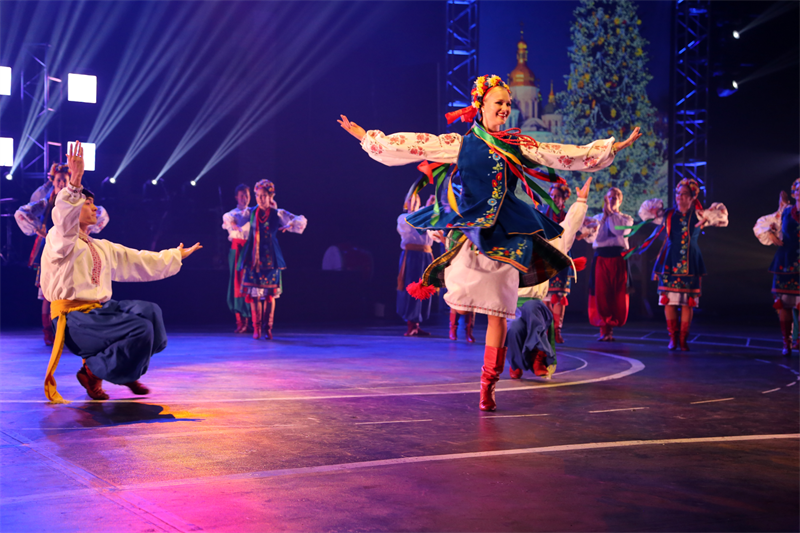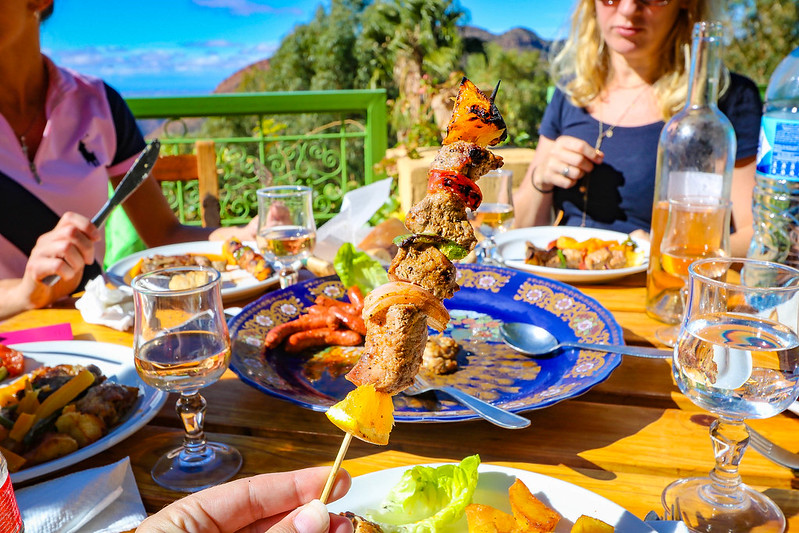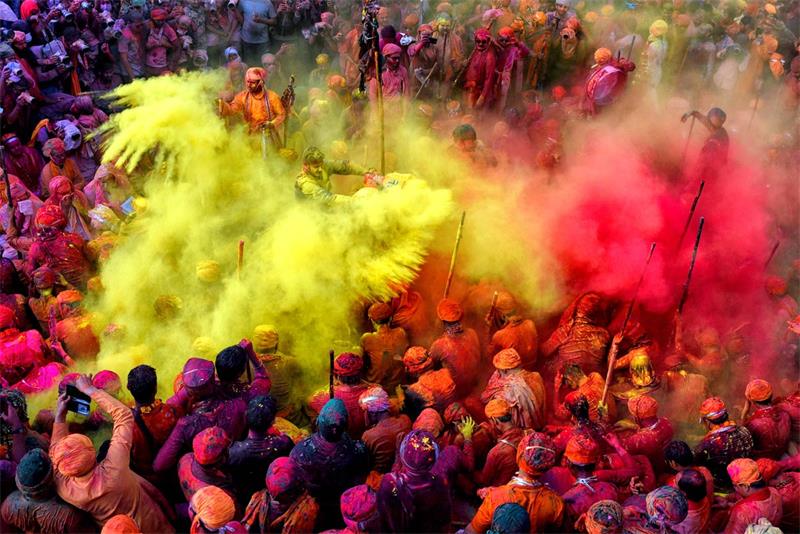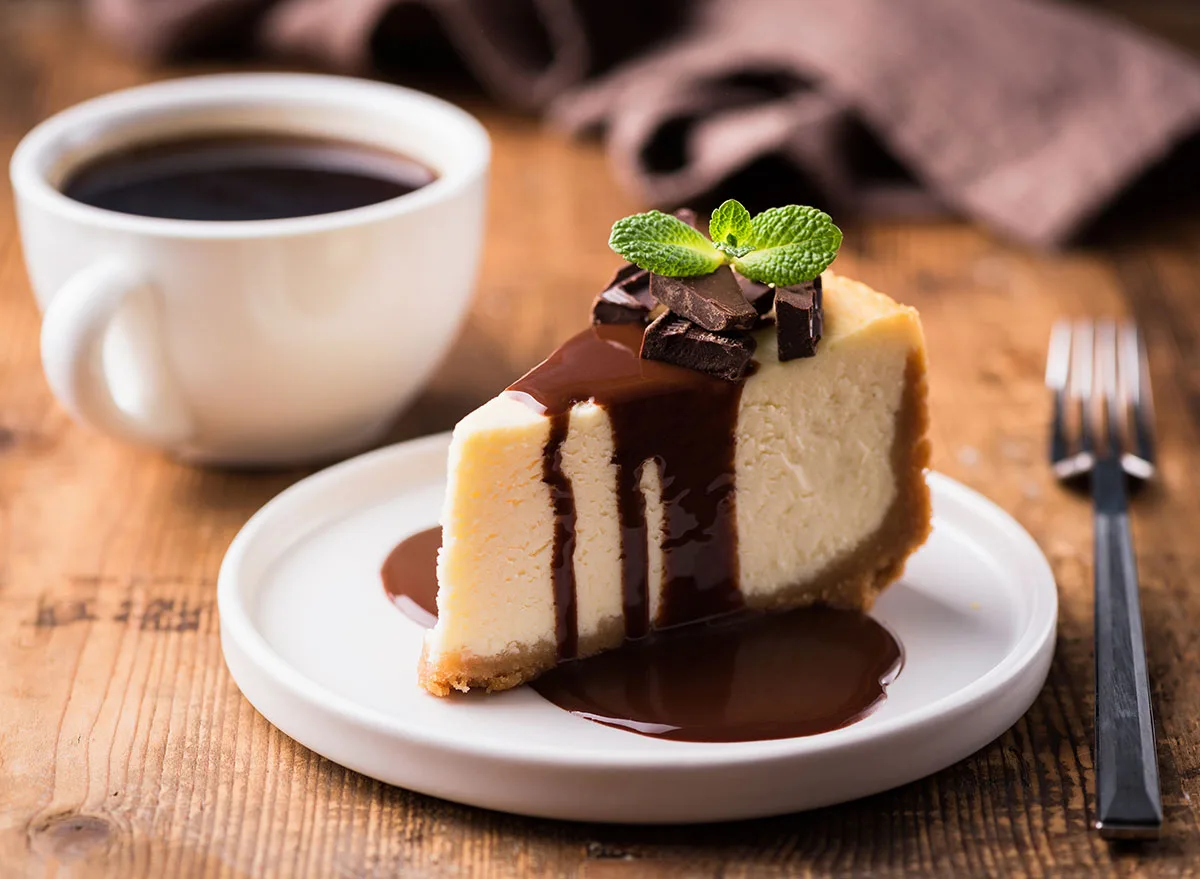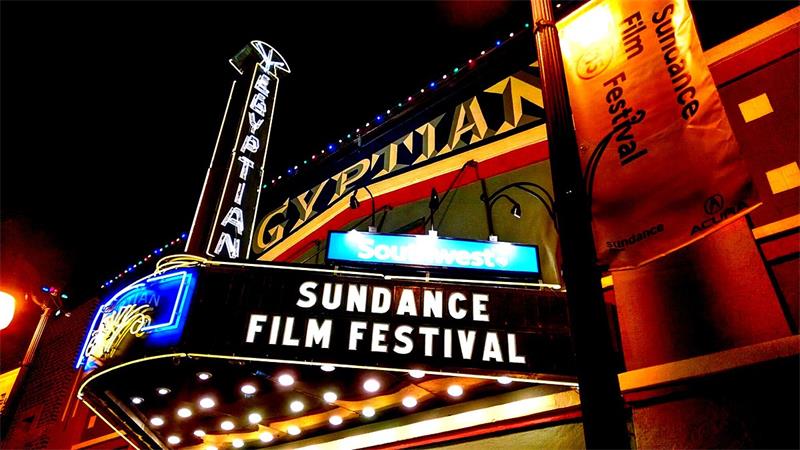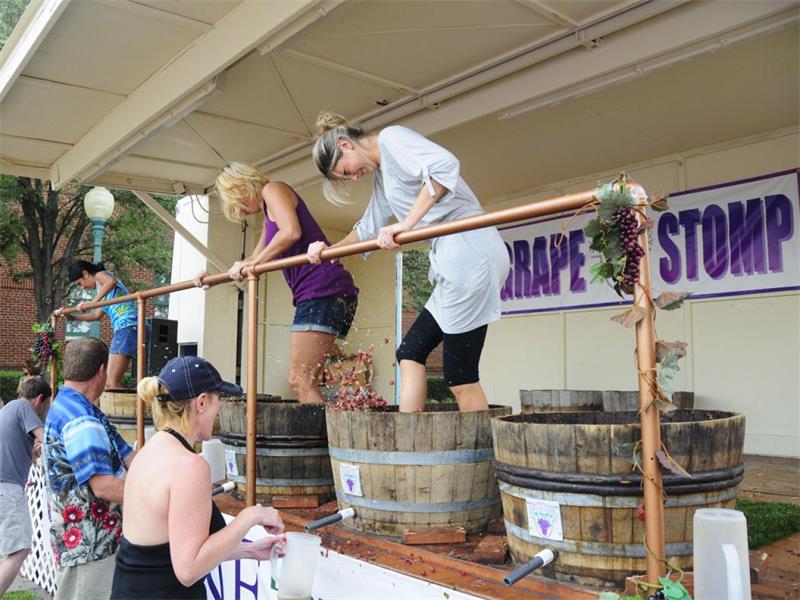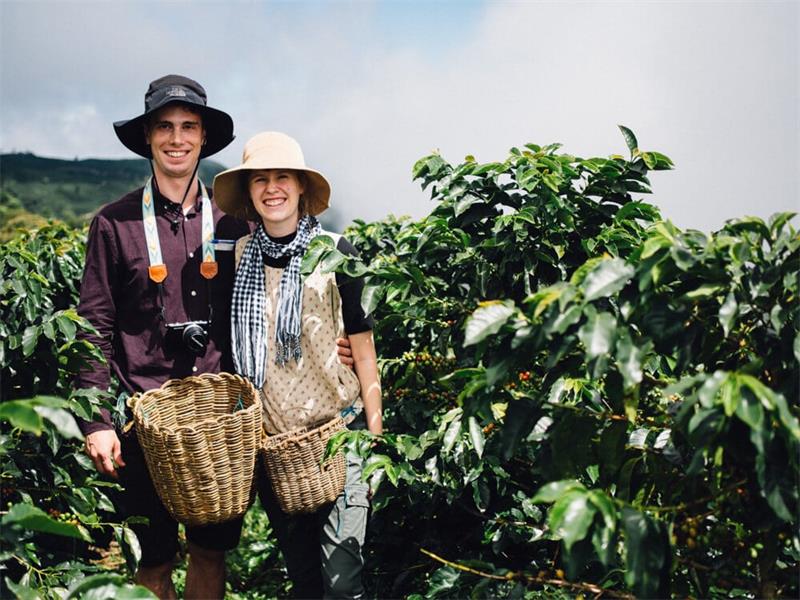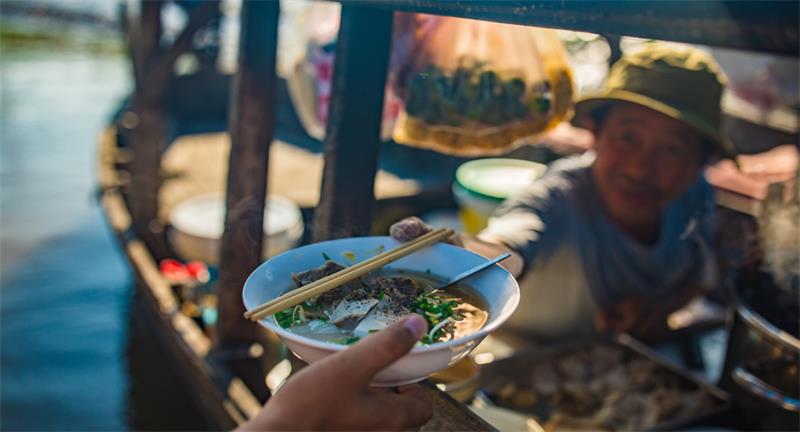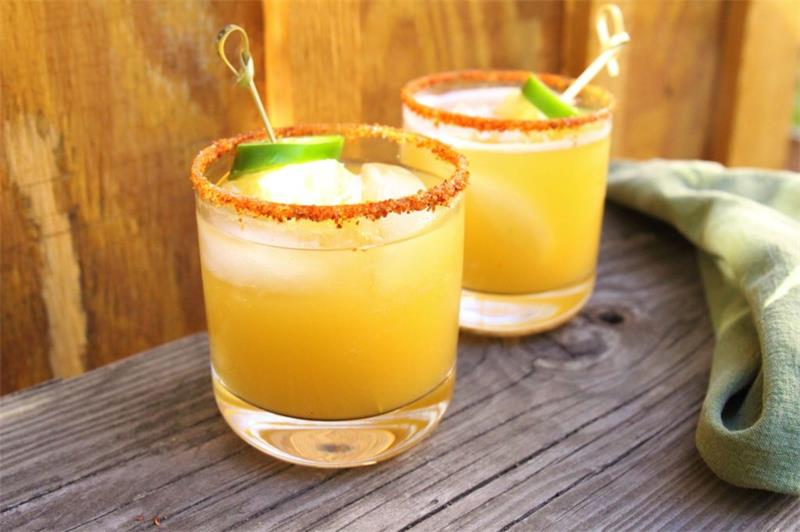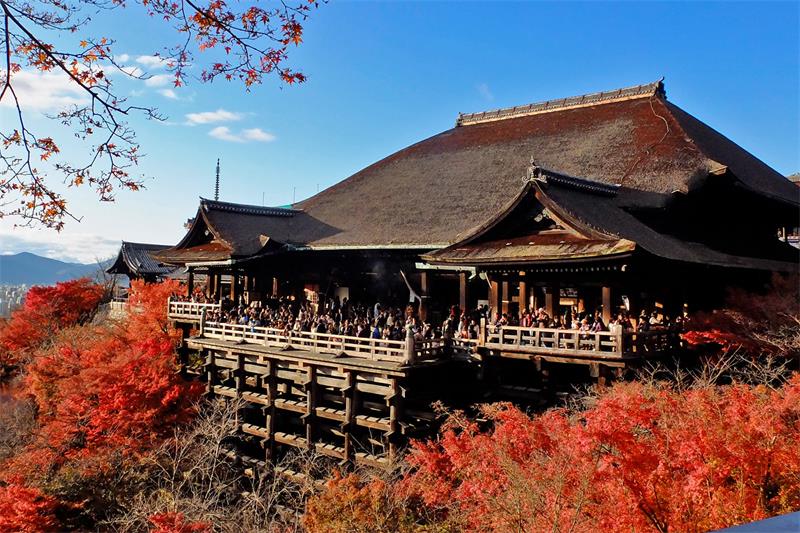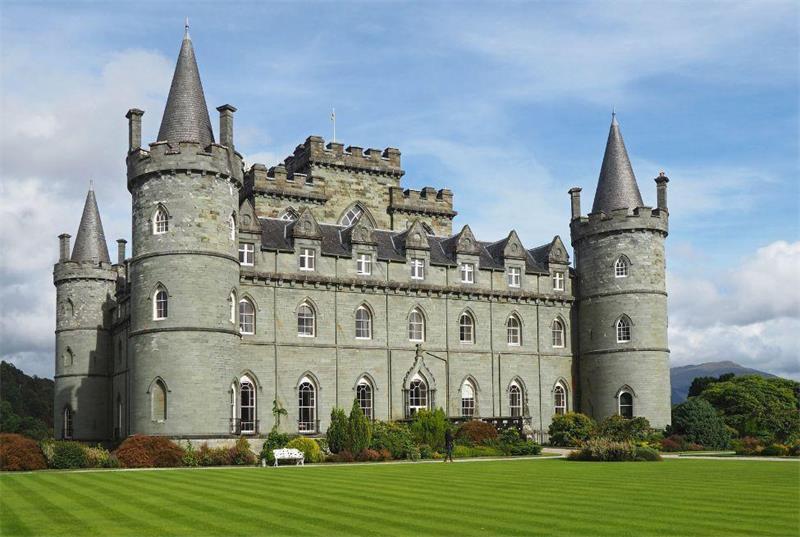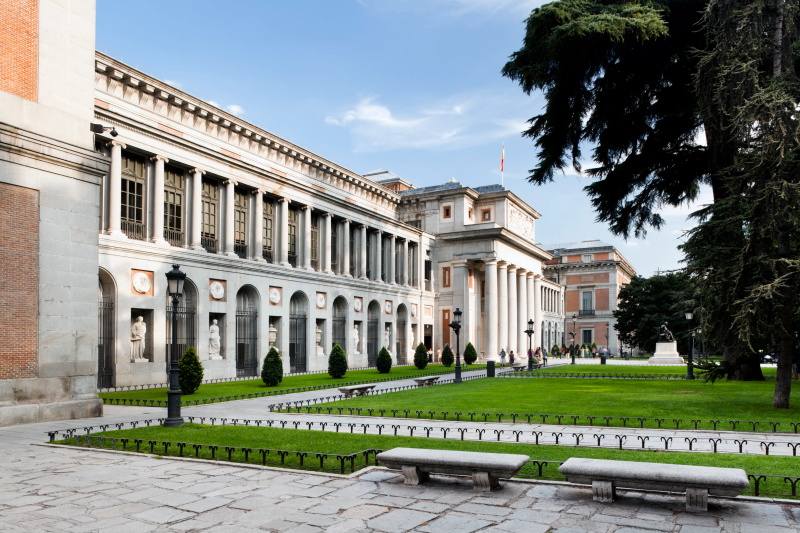Contents
- 1 Discovering the Traditional Music and Dance of Ireland
- 2 Traditional Music in Ireland
- 3 Traditional Dance in Ireland
- 4 Festivals and Events Celebrating Traditional Music and Dance in Ireland
- 5 The Importance of Traditional Music and Dance in Modern Ireland
- 6 How Traditional Music And Dance Are Still Relevant Today
- 7 Examples Of Contemporary Artists Who Incorporate Traditional Elements Into Their Work
- 8 Lesser Known Facts About Traditional Music and Dance in Ireland
- 9 Conclusion: Keeping the Traditions Alive
Discovering the Traditional Music and Dance of Ireland
The History and Importance of Traditional Irish Culture
Ireland is a country with a rich cultural heritage, and one of the most beloved aspects of that heritage is traditional music and dance. These art forms have played an important role in Irish history and society for centuries, representing a deep connection to the land, community, and identity. For many people around the world, traditional Irish music and dance are synonymous with Ireland itself.
Traditional Irish music can be traced back to pre-Christian times, when harps were popular instruments throughout Ireland. However, the influence of Christianity saw the development of liturgical music in monasteries during medieval times.
The introduction of the fiddle by way of English colonialism later had a significant impact on traditional Irish music. Despite this influence from outside sources, it remained uniquely Irish thanks to its steadfast preservation by local communities.
Irish dance also has its roots in ancient times but has evolved into distinctive styles that are now recognized worldwide. Set dancing originated as a social activity in rural areas while step dancing evolved alongside lively pub sessions in cities such as Dublin.
The famous Riverdance performances brought international attention to Irish dance from all over the world. The importance of preserving traditional Irish culture cannot be overstated.
In addition to being a source of national pride for many people living in Ireland today, it represents an often-overlooked aspect of human history that should be appreciated by all cultures around the world. Without this preservation effort, we risk losing valuable knowledge about our past that can inform our present-day identity as well as future generations who want to carry on these traditions.
Traditional Music in Ireland
An Overview of Traditional Irish Instruments
When it comes to traditional Irish music, no discussion would be complete without mentioning the many instruments that have become synonymous with this genre. Perhaps the most iconic of these is the fiddle, a stringed instrument that has been played in Ireland for centuries and remains popular to this day.
Other traditional instruments include the uilleann pipes, which are similar to bagpipes but with a more complex sound, and the bodhrán, a type of drum often played with a tipper or small stick. But there are also lesser-known instruments that are important in certain regions of Ireland.
For example, in County Clare, the concertina is widely used in traditional music, while in Donegal you might hear someone playing a mandolin or bouzouki. Each instrument brings its unique sound to the mix and contributes to the rich tradition of Irish music.
Famous Irish Musicians and Their Impact on the Genre
Irish music has produced some truly legendary musicians over the years who have helped shape and define this genre. One such figure is Turlough O’Carolan who lived from 1670-1738 was one of Ireland’s greatest harpists.
He composed over 200 pieces including “Carolan’s Concerto” which remains popular today. Another iconic musician is Michael Coleman who was born in County Sligo in 1891 and became known as one of Ireland’s greatest fiddle players.
His recordings have influenced many artists who came after him and his style remains an important touchstone for traditional fiddlers. Other notable figures include The Dubliners, The Chieftains, Planxty to mention but a few whose musical legacy continues up until today.
Regional Variations In Style And Repertoire
One fascinating aspect of traditional Irish music is the way in which it varies from region to region. For example, musicians from County Clare might have a specific style of playing that differs from those in Donegal or Cork. Similarly, different regions might have their own repertoire of songs and tunes that are associated with their area.
These regional variations can be traced back to Ireland’s long and often tumultuous history, with different cultures and influences shaping the music in various ways. Today, these variations remain an important part of Irish music culture and add to the richness and diversity of the genre.
Traditional Dance in Ireland
Different Types of Irish Dance
Irish dance is a hugely popular art form that has been performed for centuries. There are several different styles of Irish dance, each with its unique characteristics.
The most famous type of Irish dance is step dancing, which is typically performed by dancers wearing hard-soled shoes or pumps. Another popular style of Irish dance is set dancing, which involves groups of dancers performing together in a series of predetermined patterns.
Set dances can be performed in a circle or in long lines and are usually accompanied by traditional music. Sean-nós dancing is another style of Irish dance that originated in the West of Ireland.
This type of dancing is characterized by its free-flowing style and the use of improvised steps. Sean-nós dancers often perform solo and rely heavily on the rhythm and beat of the music to guide their movements.
History and Evolution of Irish Dance
The history and evolution of Irish dance can be traced back over many centuries. In ancient times, it was common for people to gather together for social events such as weddings, wakes, and festivals. Dancing was a popular pastime at these gatherings, and traditional dances such as jigs, reels, and hornpipes were often performed.
Over time, these dances evolved into more complex forms as dancers began to incorporate intricate footwork into their performances. The introduction of hard-soled shoes also led to the development of new styles such as step dancing.
Irish dancing experienced a resurgence in popularity during the 20th century thanks to the success of touring shows like Riverdance. Today, there are thousands of schools around the world teaching Irish dance to students young and old.
Famous Irish Dancers and Their Influence on the Art Form
Throughout history, there have been many famous Irish dancers who have left their mark on the art form. One of the most well-known is Michael Flatley, who rose to fame as the lead dancer in Riverdance.
Flatley’s lightning-fast footwork and innovative choreography helped to popularize Irish dance around the world. Another famous Irish dancer is Jean Butler, who also appeared in Riverdance and went on to create her own successful dance company.
Butler’s unique style and expressive movements have earned her a place in the pantheon of great Irish dancers. Traditional dance is an integral part of Irish culture, and there are many different styles that have evolved over time.
From step dancing to set dancing to sean-nós dancing, each style has its unique characteristics and history. The popularity of Irish dance has continued to grow over the years thanks in large part to the influence of famous dancers like Michael Flatley and Jean Butler who continue to inspire new generations of performers today.
Festivals and Events Celebrating Traditional Music and Dance in Ireland
The Rich Festival Culture of Ireland
When it comes to traditional music and dance, no country celebrates its culture more vividly than Ireland. The Emerald Isle is home to an impressive array of festivals, where music lovers from around the world converge to witness the best of Irish music and dance. From concerts and workshops to parades and competitions, these events offer a platform for musicians, dancers, and enthusiasts alike to celebrate their shared love for traditional Irish arts.
Popular Festivals in Ireland
One of the most famous festivals in all of Ireland is Fleadh Cheoil na hÉireann. This event is held annually in different parts of the country over a week-long period. It brings together talented musicians from across Ireland, as well as international acts who perform traditional Irish music.
There’s also a “fleadh village” where visitors can check out street entertainment, craft markets or food stalls. The Willie Clancy Summer School is another renowned festival held every July in Miltown Malbay, County Clare.
Named after legendary piper Willie Clancy who hailed from this area, the festival attracts thousands who want to learn or enjoy playing old-style Irish music. Workshops are held throughout the day featuring some of the world’s top musicians teaching their craft.
Events at Festivals
At these festivals celebrating traditional Irish arts, there’s no shortage of things to do or see. Concerts are held at various venues showcasing different genres like ceili bands (a type of folk dance band) playing upbeat tunes that get everyone up on their feet dancing.
There are workshops for beginners wanting to learn how to play an instrument or improve their dance skills such as set dancing or sean-nós (old style) dancing. Some events at these festivals include singing competitions, storytelling sessions and even poetry readings.
For those who just want to sit back and relax, there are plenty of opportunities to enjoy live music at pubs or on the streets where impromptu sessions can spring up at any moment. Overall, festivals in Ireland promise a truly immersive and unforgettable experience for anyone interested in traditional Irish music and dance.
The Importance of Traditional Music and Dance in Modern Ireland
Traditional music and dance have played an essential role in Irish culture for centuries. Even today, they continue to be an integral part of the country’s identity.
In addition to preserving the country’s heritage, traditional music and dance are also significant contributors to the modern arts scene. Through traditional music and dance, many Irish people connect with their roots and maintain a sense of community.
It is also a way for younger generations to learn about their cultural heritage and keep it alive. Many schools around the country teach traditional Irish instruments like the bodhrán or tin whistle, while dance schools teach various forms of Irish dance.
How Traditional Music And Dance Are Still Relevant Today
Despite being hundreds of years old, traditional music and dance are still enjoyed by millions around the world today. The unique sounds of Irish instruments like the uilleann pipes or fiddle have become synonymous with Ireland itself, and many musicians worldwide incorporate these sounds into their work.
Traditional dancing has also evolved over time into new forms like Michael Flatley’s Riverdance or Lord Of The Dance, which have become wildly popular around the world. These shows bring audiences from all over together to experience Ireland’s cultural traditions through song and dance.
Examples Of Contemporary Artists Who Incorporate Traditional Elements Into Their Work
Many contemporary artists incorporate traditional Irish music into their work in creative ways. One such artist is Hozier who incorporates elements of traditional music styles such as blues with modern alternative rock genres.
Another is Enya whose style combines elements of Celtic folk with New Age music. There are also bands like The Chieftains that blend traditional Irish sounds with other genres like jazz or pop to create something wholly unique while still staying true to their roots in Irish culture.
It’s clear that despite being hundreds of years old, traditional music and dance are still very much alive and relevant in modern-day Ireland. From preserving the country’s heritage to inspiring contemporary artists worldwide, it’s evident that traditional Irish music and dance will continue to be a vital part of the arts scene for years to come.
Lesser Known Facts About Traditional Music and Dance in Ireland
Unique instruments used only in certain regions
When it comes to traditional Irish music, most people are familiar with the fiddle, uilleann pipes, and bodhrán. However, there are some unique instruments that are only used in certain regions of the country. For example, the concertina is commonly played in Clare and West Limerick, while the harp is associated with the music of Connemara.
The melodeon is another lesser-known instrument that can be found in parts of Mayo and Sligo. Another interesting instrument is the tin whistle.
While it may not be as rare as some of the others mentioned here, it’s worth noting that this small instrument has been a part of Irish music for centuries. Used primarily for playing simple melodies or accompanying other instruments, it’s a favorite among beginners and experts alike.
Unusual dance styles or traditions
When most people think of Irish dance, they imagine high-energy step dancing like what they’ve seen in Riverdance or Lord of the Dance. While this style certainly has its roots in traditional Irish dance, there are many other styles that might surprise you. One such style is sean-nós dancing.
This type of dance originated in Connemara and involves fluid movements done close to the ground with an emphasis on improvisation. Another style called set dancing is similar to square dancing but features intricate footwork done by four couples arranged in a square formation.
There’s brush dancing which was popularized by traveling performers during times when public dancing was banned due to religious restrictions. Dancers would perform on makeshift stages made out of barrels or boxes while wearing special shoes with brushes on them to create percussive sounds as they danced.
The power of tradition
While these lesser-known facts may seem trivial, they serve as a reminder of the power of tradition. Irish music and dance have been passed down from generation to generation for centuries, and while some styles may have fallen out of favor over time, they still play an important role in preserving the unique culture of Ireland. So the next time you find yourself tapping your feet to a traditional Irish tune or marveling at the intricate footwork of an Irish dancer, take a moment to appreciate the rich history and traditions that make it all possible.
Who knows? You just might discover something new and exciting about this vibrant aspect of Irish culture.
Conclusion: Keeping the Traditions Alive
As we have seen throughout this article, traditional music and dance hold a special place in Irish culture. They represent the rich history and heritage of the country, and serve as a way to connect with one’s roots and community.
However, with modernization and globalization, these traditions are at risk of being lost or forgotten. It is important that we continue to preserve and promote traditional music and dance in Ireland.
By doing so, we not only honor our ancestors and their legacies but also pass on these beautiful art forms to future generations. This can be achieved through education, performance opportunities, festivals, recordings, and more.
Moreover, it is essential that we appreciate the relevance of traditional music and dance in contemporary Ireland. As society evolves, so too do artistic expressions.
Many contemporary artists incorporate elements of traditional music into their work or fuse it with other genres to create something new. This ensures that traditional Irish music continues to thrive and evolve.
Let us celebrate the unique cultural treasures of Ireland by keeping its rich traditions alive. Whether you are an enthusiast or simply appreciative of Irish culture – by supporting musicians and dancers who specialize in these art forms or even attending festivals dedicated to them – you can play a role in preserving this vital part of our heritage for generations yet unborn!

